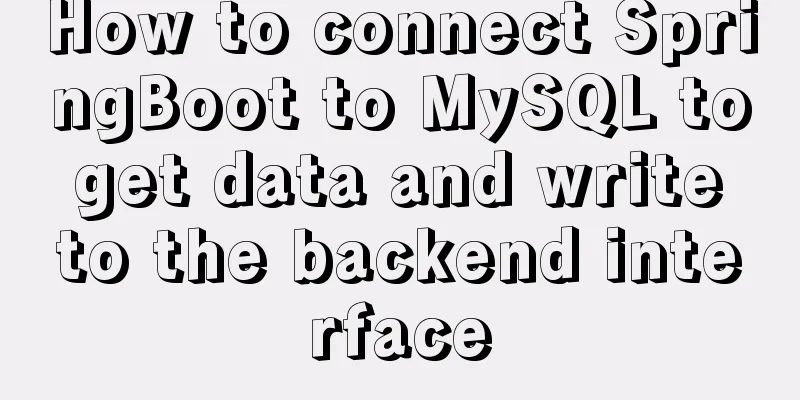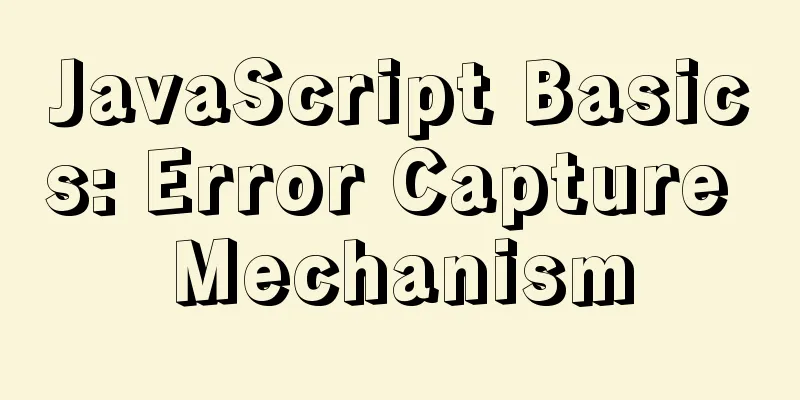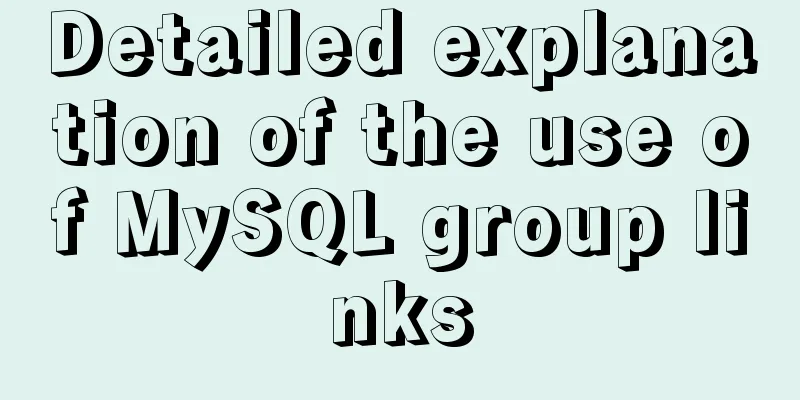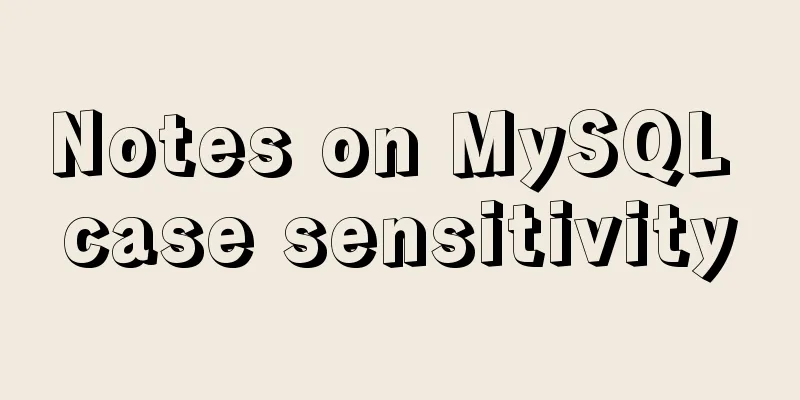How to connect SpringBoot to MySQL to get data and write to the backend interface

1. Create a new project
2. Add dependencies
<dependency>
<groupId>mysql</groupId>
<artifactId>mysql-connector-java</artifactId>
<version>8.0.20</version>
</dependency>
<dependency>
<groupId>org.springframework</groupId>
<artifactId>spring-jdbc</artifactId>
<version>5.3.8</version>
</dependency>
<dependency>
<groupId>org.springframework</groupId>
<artifactId>spring-tx</artifactId>
<version>5.3.8</version>
</dependency>
<dependency>
<groupId>org.springframework</groupId>
<artifactId>spring-aop</artifactId>
<version>5.3.8</version>
</dependency>
3. Create DriverManagerDataSource and JdbcTemplate objects in the spring container3.1 How to load spring container in springboot1. Create a spring container file under resource
<bean class="org.springframework.jdbc.datasource.DriverManagerDataSource" id="dataSource">
<!-- 1.1. Database driver-->
<property name="driverClassName" value="com.mysql.cj.jdbc.Driver"/>
<!-- 1.2. URL to connect to the database -->
<property name="url" value="jdbc:mysql://localhost:3306/spring?characterEncoding=utf8&serverTimezone=UTC"/>
<!-- 1.3. Username to connect to the database -->
<property name="username" value="root"></property>
<!-- 1.4. Password to connect to the database -->
<property name="password" value="root"></property>
</bean>
<bean class="org.springframework.jdbc.core.JdbcTemplate" id="jdbcTemplate">
<property name="dataSource" ref="dataSource"/>
</bean>
2. Define a common class and add the above annotations to the class to automatically load the spring container after springboot is started.
4. Create object class, control class BookNote the @Data annotation here. It is part of lombok. Its main function is to automatically generate get and set methods at compile time. Therefore, we do not need to manually write get and set methods in this class, which reduces our workload. It is very convenient and highly recommended.
BookDao
TestController
application.properties
5. Start MySQL databaseYou can refer to the previous article to install MySQL 8.0 and visualize it in Navicat
6. Run the Tests As shown below, the operation is successful
Enter in the browser to check whether it is successfully obtained
At this point, the SpringBoot backend interface is written This is the end of this article about SpringBoot connecting to MySQL to obtain data and write backend interfaces. For more relevant SpringBoot connection to MySQL content, please search for previous articles on 123WORDPRESS.COM or continue to browse the following related articles. I hope you will support 123WORDPRESS.COM in the future! You may also be interested in:
|
<<: HTML Basics_General Tags, Common Tags and Tables
>>: Share 8 very useful CSS development tools
Recommend
How to modify the default storage engine in MySQL
mysql storage engine: The MySQL server adopts a m...
Detailed explanation of mysql5.6 master-slave setup and asynchronous issues
Table of contents 1. MySQL master-slave replicati...
MySQL storage engine basics
In the previous article, we talked about MySQL tr...
JS operation object array to achieve add, delete, modify and query example code
1. Introduction Recently, I helped a friend to ma...
The solution to the problem that the web table or div layer is stretched in the web page
<br />When we design web pages, we always en...
MySQL latest version 8.0.17 decompression version installation tutorial
Personally, I think the decompressed version is e...
The functions and differences between disabled and readonly
1: readonly is to lock this control so that it can...
How to remove the dividing line of a web page table
<br />How to remove the dividing lines of a ...
How to use rem adaptation in Vue
1. Development environment vue 2. Computer system...
How to use Linux paste command
01. Command Overview The paste command will merge...
CSS sample code with search navigation bar
This article shows you how to use CSS to create a...
A brief discussion on MySQL index optimization analysis
Why are the SQL queries you write slow? Why do th...
jQuery plugin to implement accordion secondary menu
This article uses a jQuery plug-in to create an a...
How to elegantly implement the mobile login and registration module in vue3
Table of contents Preface Input box component lay...
Build a high-availability MySQL cluster with dual VIP
Table of contents 1. Project Description: 2. Proj...























